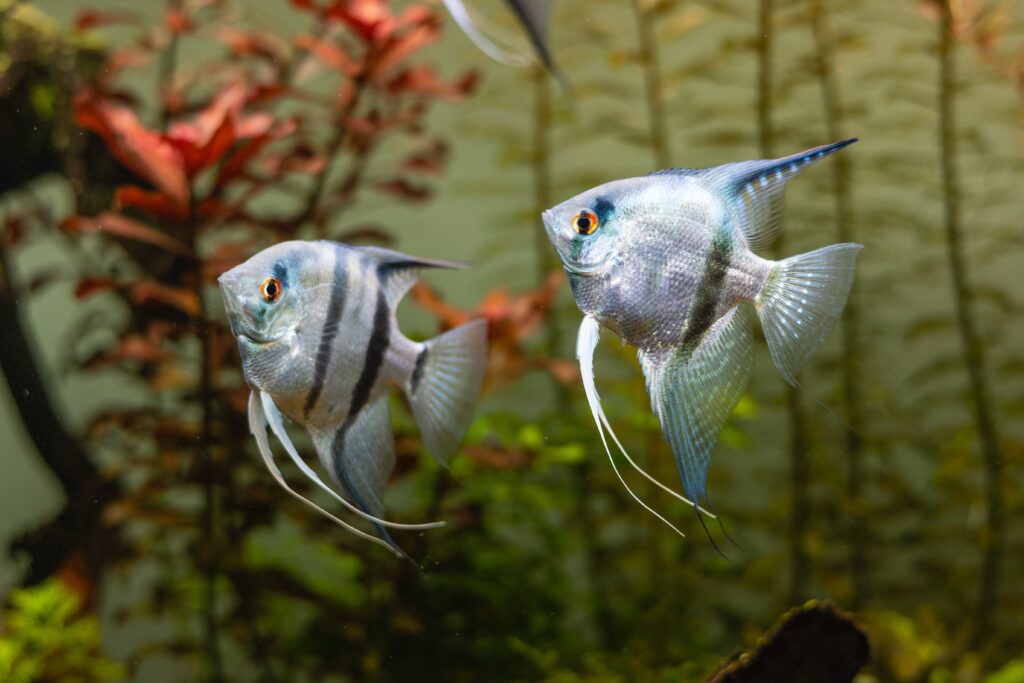Fish breeding can can be an exciting endeavour for aquarists. While most fishkeepers will experience an ‘accidental’ spawning in their aquarium, but planned breeding with correct conditions is far more successful and results in a lot higher survival rate. In this guide, we discuss the best methods for breeding your aquarium fish.
Selecting Breeding Fishes
The first stage in breeding aquarium fish is to select suitable parents. This should be relatively straightforward, although it can be a challenge to distinguish males and females in some species of fish.
Choose good quality, healthy specimens that are ‘middle aged’. Young aquarium fish may not be sexually mature or experienced. Young angelfish, for example, often eat their first few batches of eggs. They can also spend all their time chasing away other fish in the tank rather than concentrating on looking after the eggs and fry. Guppies provide a different example where young and old females will only give birth to small numbers of offspring.
Good fins, desired colouration and patterning and expression of ‘normal’ behaviours are all great indicators of hopeful breeding stock. If the keeper is aiming to breed something a little different, for example Ancistrus with longer dorsal and tail fins, they should not only look for fish that show these characteristics, but also look at their parents and siblings to select fish that have the ‘long finned’ gene in them.
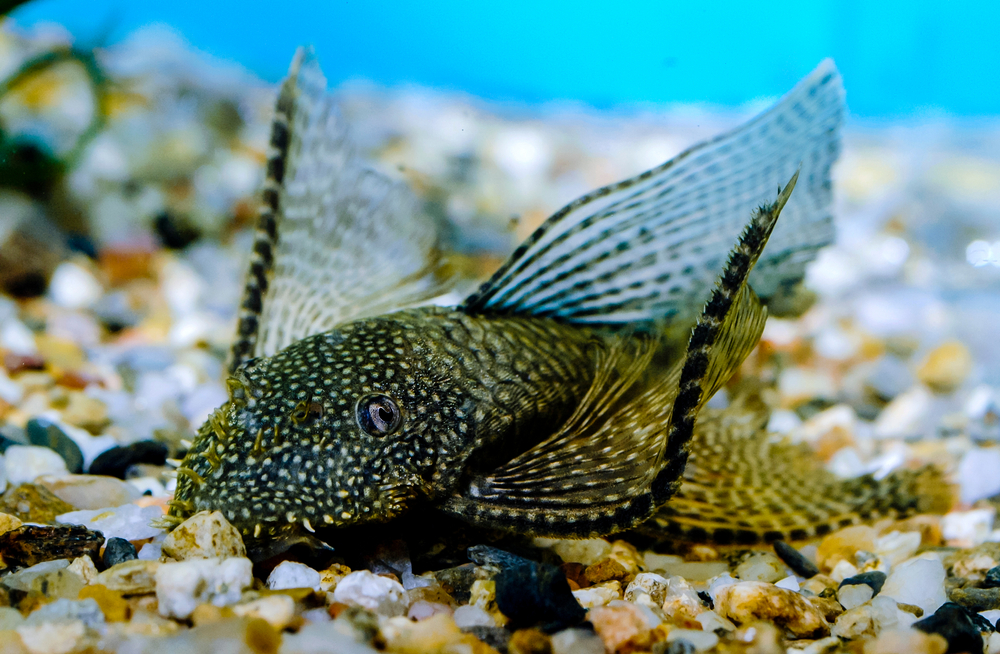
Conditioning Fish for Breeding
Once suitable parents have been selected, it’s time to condition the aquarium fish.
Water Quality: Ammonia, nitrite, nitrate and chlorine are pollutants that should be absent or, in the case of nitrate, in low levels. The pH and hardness of the water will vary depending on the fish that the keeper is planning to breed. Cardinal tetras will generally require soft acidic water (pH of 6.0 or less, GH of 2.0 – 5.0odH and a Carbonate Hardness of less that 2odH). Rainbow fish are at the opposite end of the scale and a pH of 7.5 to 8.0, GH of 10 – 15odH and KH of 4 – 8odH should be achieved.
The keeper must establish the right water quality. If the fish are in unsuitable water conditions, they will be concentrating on survival rather than expending energy and nutrient reserves on breeding. In addition, even if they do try and breed, the numbers of fertile eggs is usually significantly lower.
In the hustle of a well-stocked community tank, many fish will not get into breeding condition, but would do so very quickly if the other aquarium fish were removed. This should be a consideration for all breeders and establishing a breeding tank or postponing the addition of new tank mates might be worth considering if a keeper does have ambitions to breed their fish.
In the wild, many fish move away from their normal environment to spawn in an area with some degree of protection from other fish that would consume the eggs or fry. This may involve a pair of fish moving away from the shoal, or a group of fish moving to a different locality. Gourami’s, for example, must be isolated for males to begin their courtship behaviours.
Food: A high quality, nutritionally balanced diet is important for the long-term health and wellbeing of aquarium fish. This becomes more important as the fish develop breeding organs during conditioning. Proteins, or more correctly – amino acids – are the building blocks of tissue. As the eggs and sperm are additional tissue, the fish need more amino acids to form them. There is a reason fish breed in the spring in the UK, when there are high levels of insect larvae, tadpoles etc. In the Amazon basin, breeding often coincides with high water levels, when large areas of land are flooded and lots of extra food becomes available. In the confines of an aquarium, the keeper should provide conditioning foods. When conditioning the fish, try to feed and give them the correct conditions for 1 – 3 weeks prior to spawning.
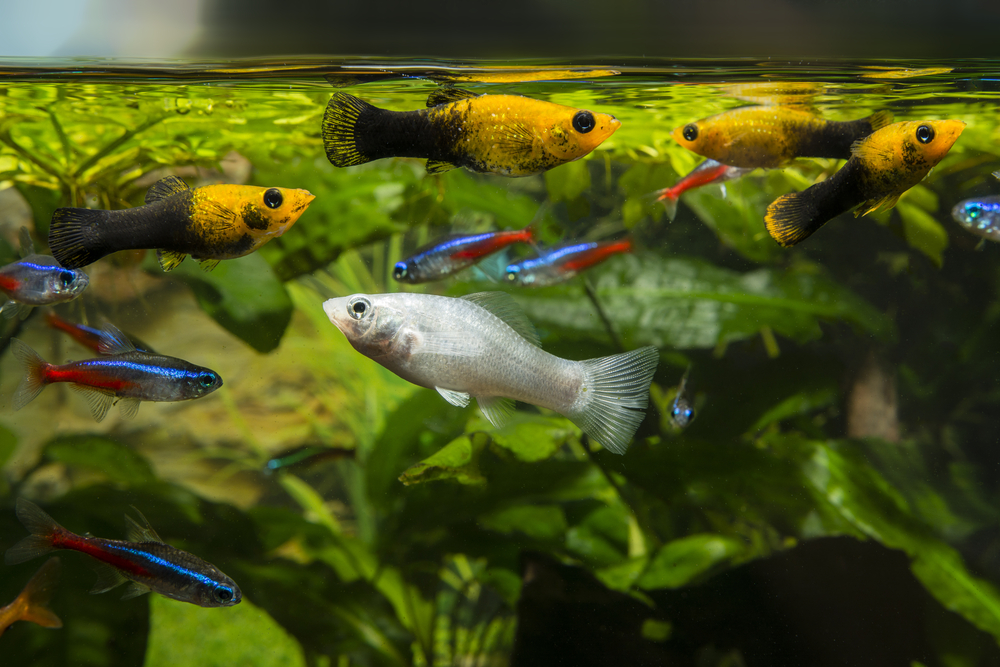
Triggers For Spawning
Once the aquarium fish are in good condition, they will usually spawn without any additional help from the keeper. Occasionally, some tweaks will be required to trigger the spawning. These include…
Temperature Changes: A slight drop in water temperature is a trick often used by fishkeepers trying to breed fish that originate from the Amazon. In the wild, many Amazonian fish breed at the start of the rainy season at which time the river may rise by 5 metres and the temperature drop by 2 – 3 oC. Recreating this 1 – 2oC temperature drop triggers the aquarium fish to breed. It is particularly successful with many species of Corydoras and tetras. This can be achieved by doing a larger than usual water change and reducing the temperature of the replacement water by 1 – 2oC. Take care not to exceed this temperature drop, otherwise you may stress the aquarium fish and encourage disease.
Increasing temperature can also stimulate breeding. Koi and goldfish are excellent examples. Breeding these species only occurs when water temperatures rise above 18oC. This happens naturally in a garden pond in the late spring and summer, but can be controlled in an aquarium at any time by adding a heater.
Light: Many fish breed under low light conditions because their spawning behaviour will not attract as much attention from potential predators. Some experienced aquarists place their breeding aquaria where they will receive natural light and morning sunlight. Tetras, for example, will often start spawning as soon as the tank is illuminated by morning sunlight. By placing the conditioned pair of fish in the aquarium in the evening, spawning may commence the following morning. Whether this is the increased light, slight increase in temperature, or some other factor is unclear – but it works.
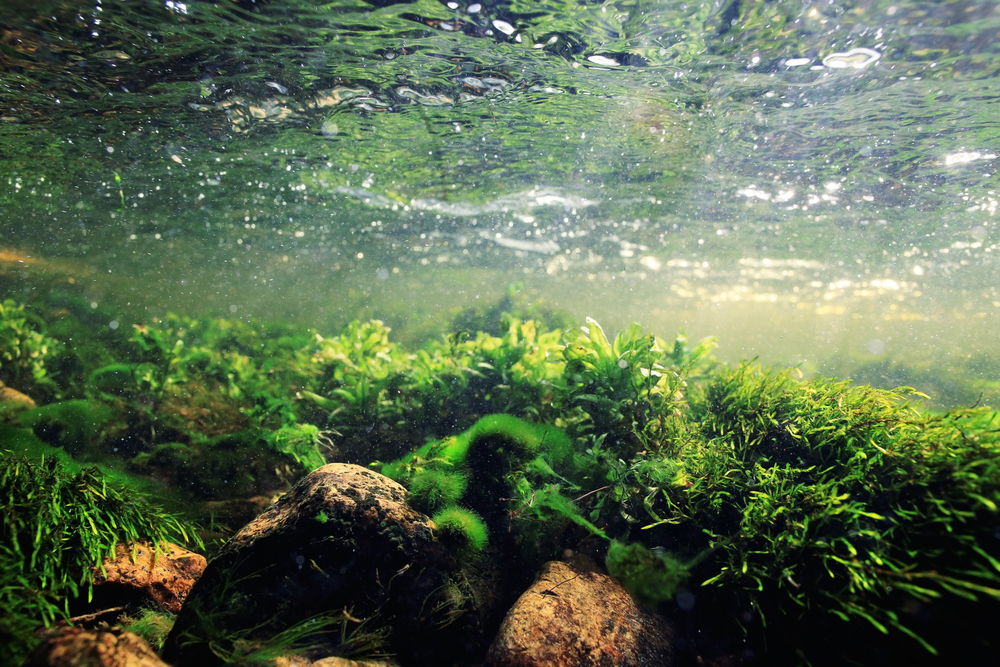
Separation: Some aquarium fish should be seperated to encourage breeding. Danios, many tetras and some Gouramis can be separated into different aquaria during conditioning. Place the males in one tank and the females into another. After 1 – 2 weeks separation and conditioning, spawning will often commence within a few hours of the fish being reunited. Pairs of fighting fish can be conditioned together for a few days and then the male removed to a separate breeding tank. Bubble nest building may start immediately but will almost certainly start a few days later when the egg-bound female is introduced.
Water Conditions: Several tetras and some catfish, can be triggered to breed with a single water change of softer, more acidic and slightly cooler water. These changes aim to recreate the Amazonian flood.
Spawning Areas: The presence of a suitable spawning area may help in getting certain fish to breed, including many of the non-egg scattering species. Cichlids that guard their eggs and young will be reluctant to breed if there is not a suitable overhang, cavity or substrate in which they can spawn.
Males and Females: The colouration and display of male fighting fish, guppies and sticklebacks is important if they are to attract and mate with a female. The males of many cichlid species defend a territory which includes a suitable breeding site and it is this that attracts the females and triggers spawning.
Male goldfish chase spawning females. Along with other factors, it is the swollen abdomen of the female that elicits this response – proof of which can be seen if any round-bodied male fancy goldfish are present in the pond.
It is not always necessary for a male and female to be present for spawning to occur, although the resultant eggs will be infertile. Two female angelfish will complete the spawning process if no males are present. This includes cleaning a suitable site for the eggs, laying and then guarding.
Hormones: Spawning of some farmed aquarium fish can be artificially induced through the injection of reproductive hormones. This has proved particularly valuable for some fish farmers as it allows them to control which fish spawn and when. A special hormone extract is injected into conditioned mature aquarium fish, which are then encouraged to spawn naturally, or the eggs and sperm are stripped from the fish by hand. This can occur within a few hours or a few days after the injection. The use of hormones is also very useful for spawning ‘difficult’ aquarium fish species. Khuli Loach, Clown Loach and Silver Sharks are three of many species that have been commercially bred in this way.
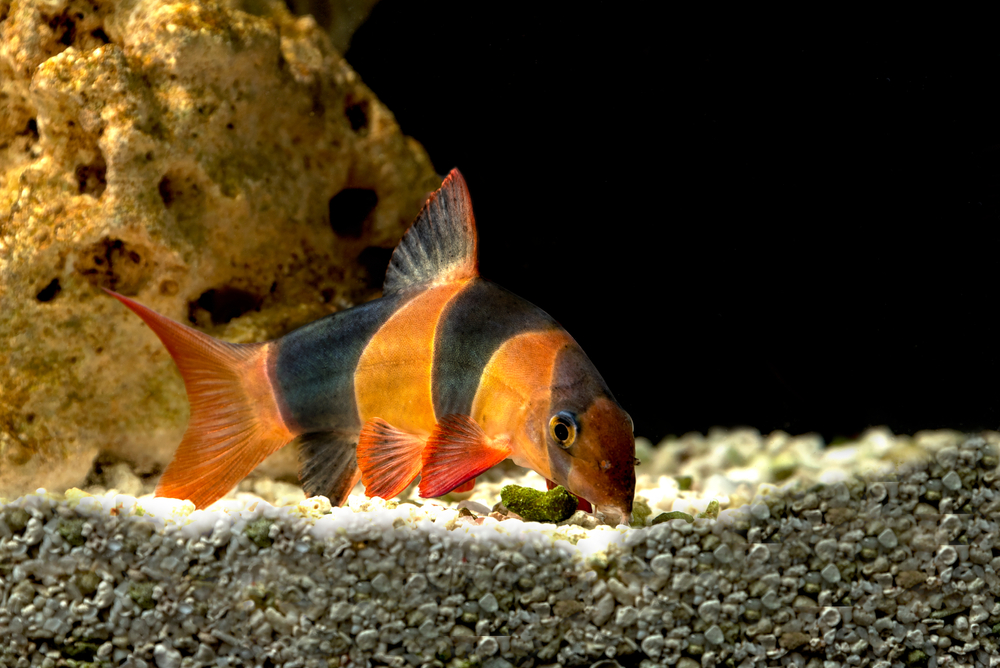
Successful Spawning
There are numerous triggers to the breeding behavior of aquarium fish. Some of these have been described in this article, but there are many others, often specific to a particular fish species or to a group of fish. Identifying and providing the appropriate triggers is the real secret of successfully breeding aquarium fish.
To learn more about aquarium fish feeding, seasonality and building succesful aquariums, visit: Freshwater | Exotics Keeper Magazine
